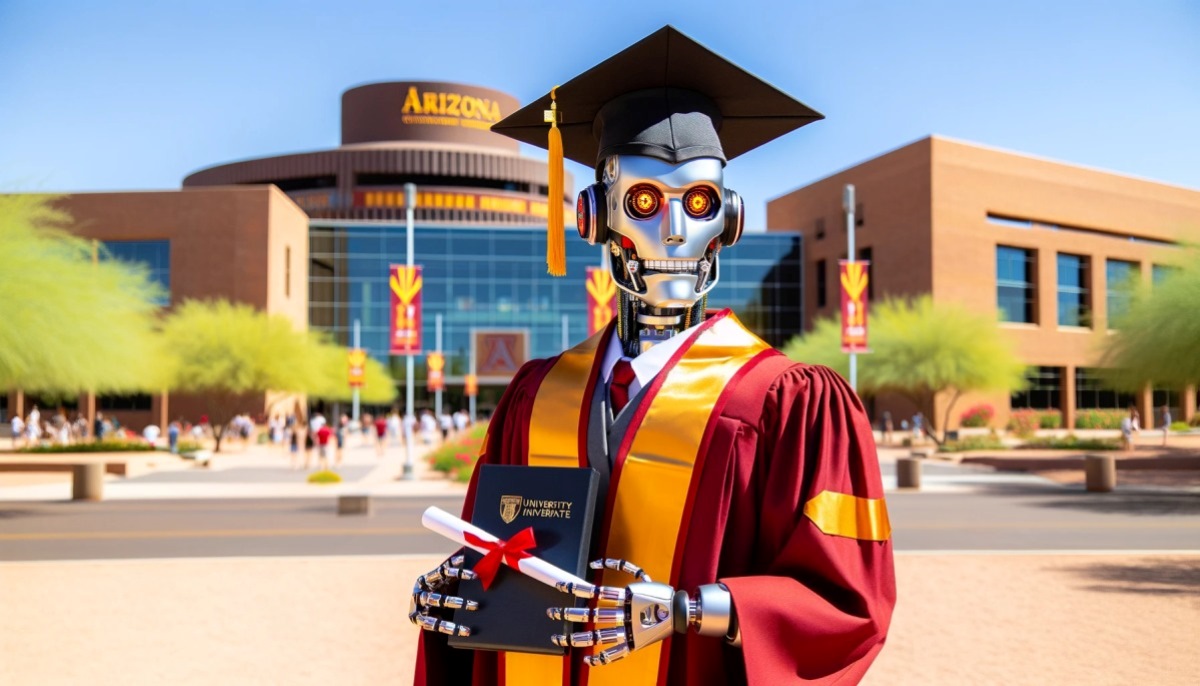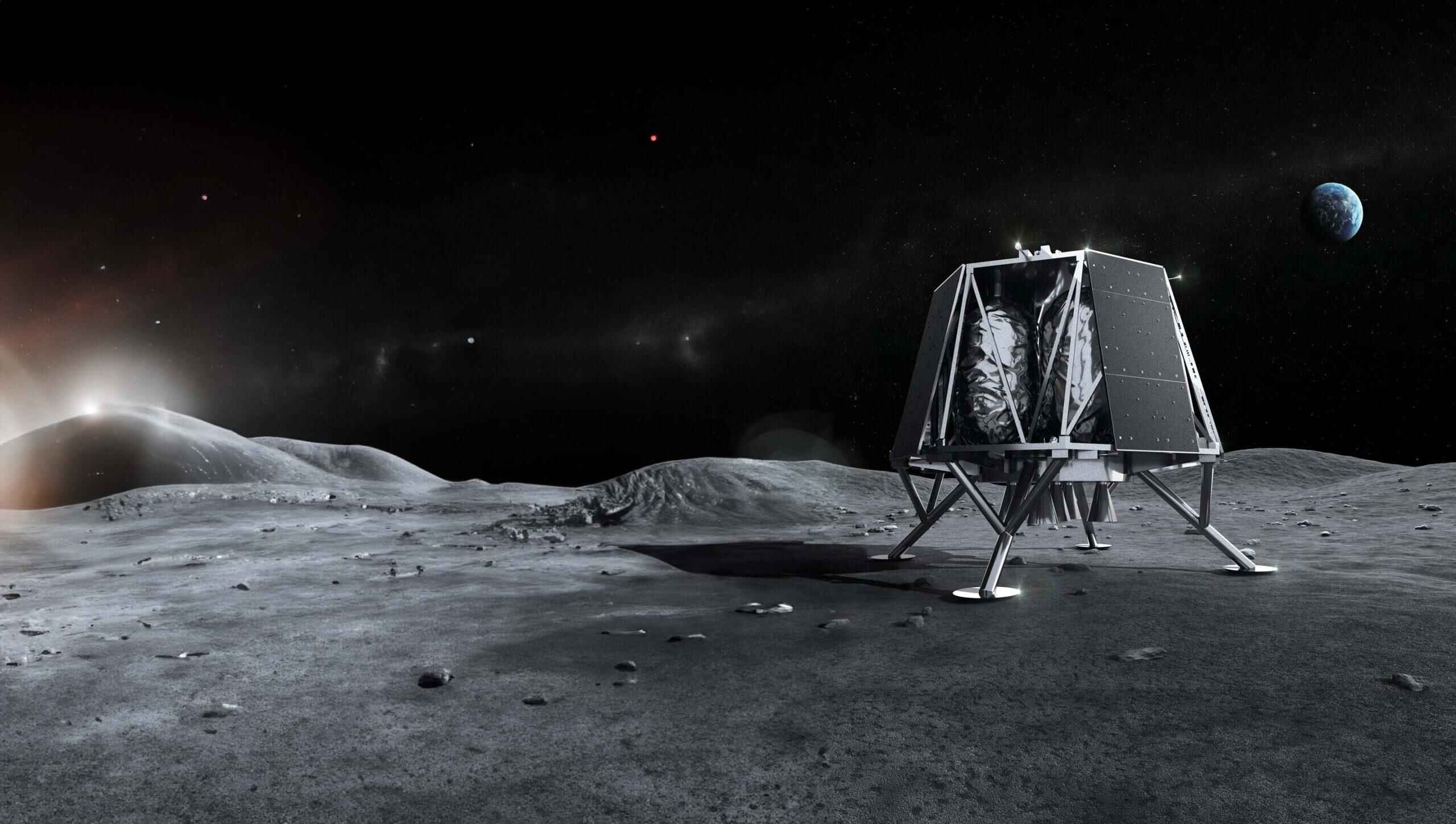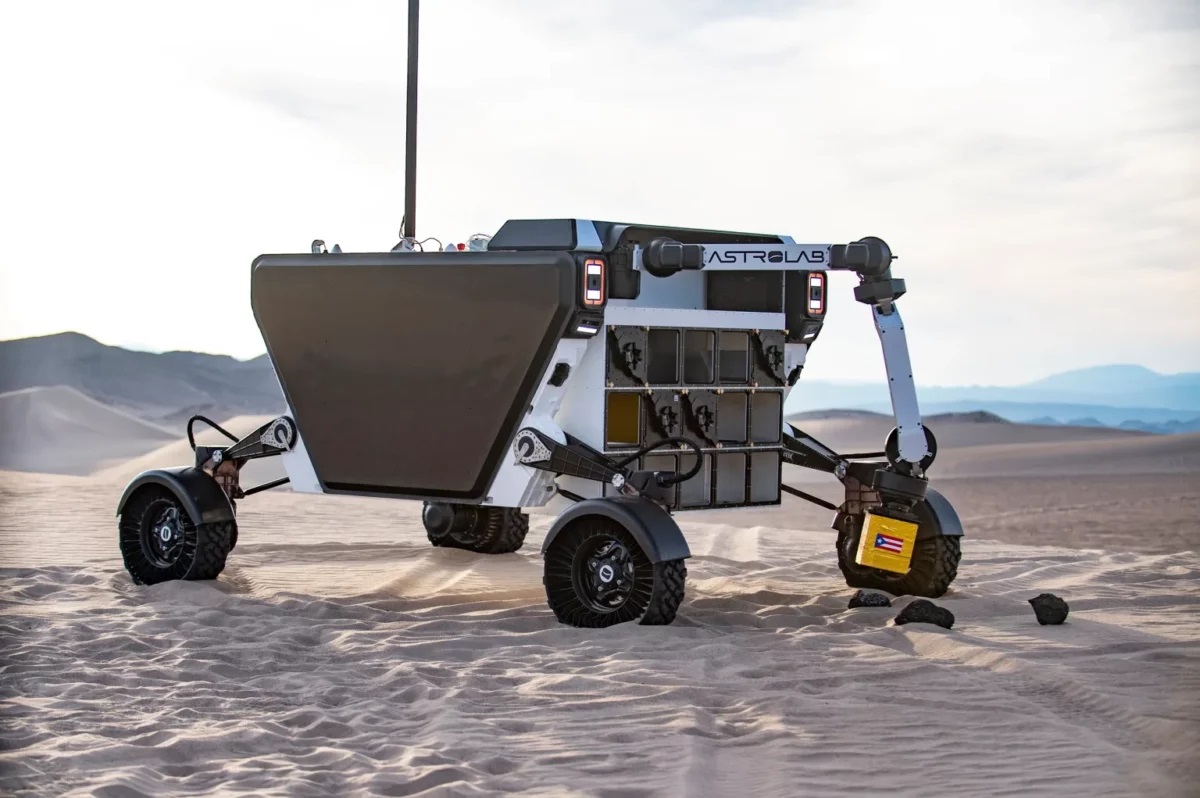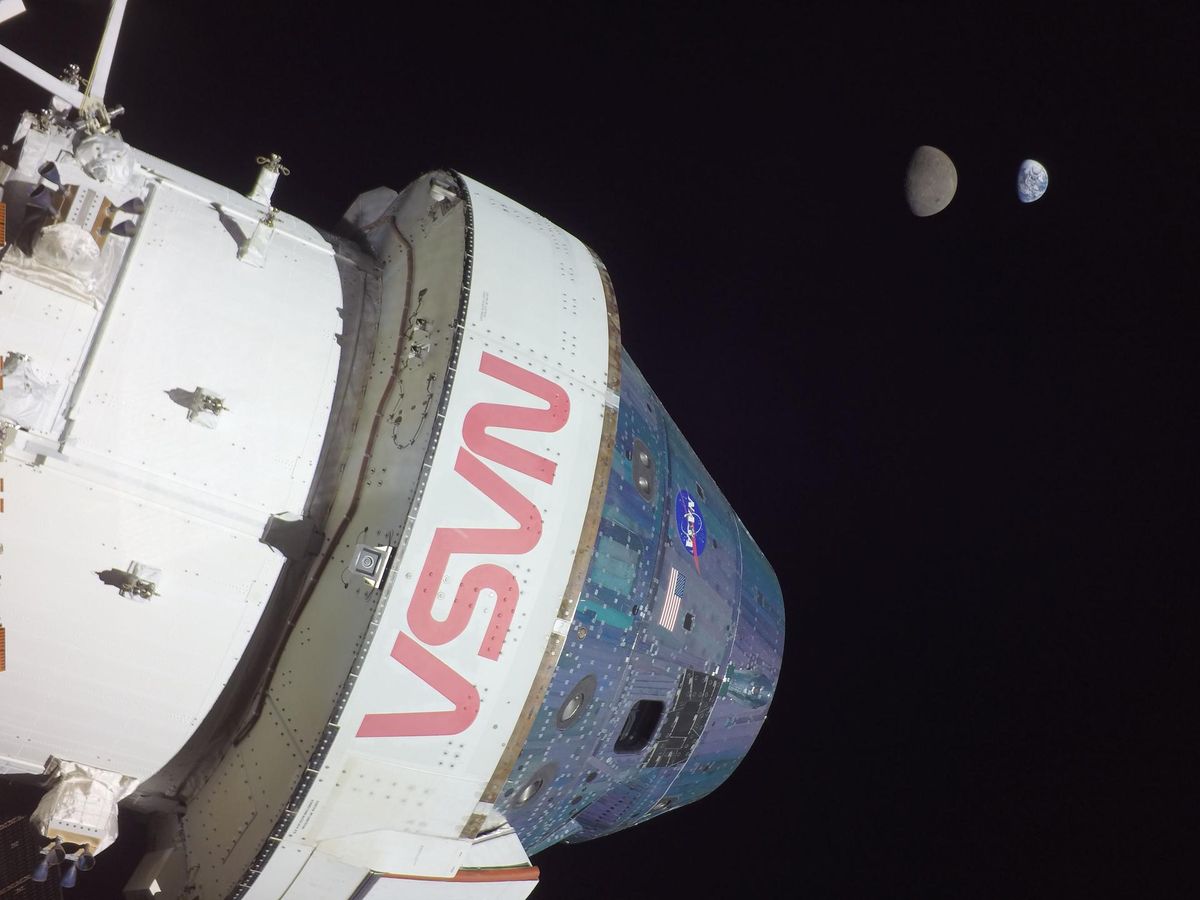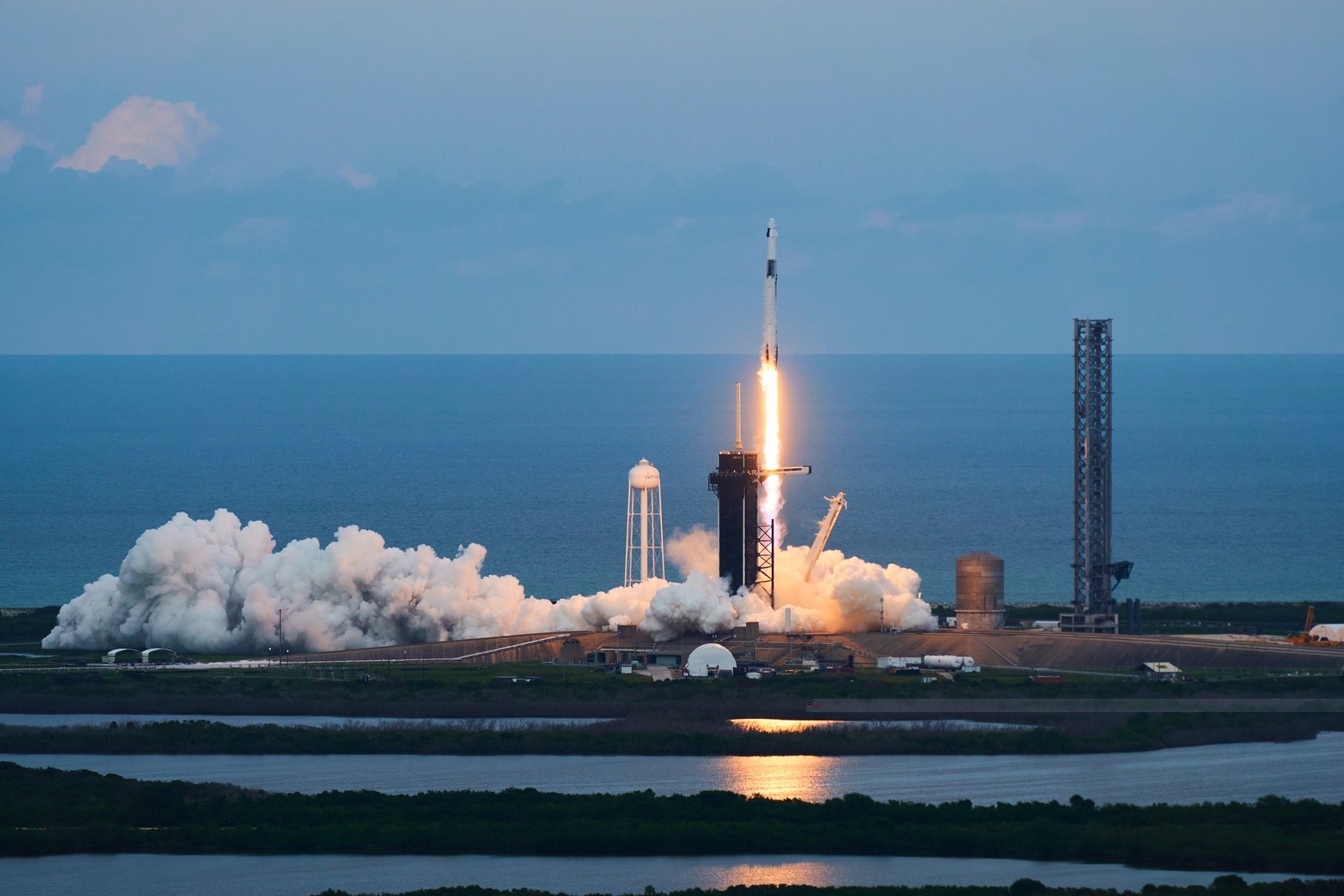NASA has unveiled plans to launch shape-shifting robots for space exploration in 2026.
Still in its early developmental stage, the aeronautics giants provided media with a glimpse into a 3D-printed prototype on Wednesday. Dubbed the “Shapeshifter”, this robot is described as “a drone sheathed inside a massive wheel”. It is the first of its kind in NASA’s fleet of “Transformers” robots.
Shapeshifter is currently undergoing development at the Jet Propulsion Laboratory in California.
Once ready for launch, the shape-shifting robot is said to be able to address the challenges of maneuvering rugged terrains on other planets and moons.
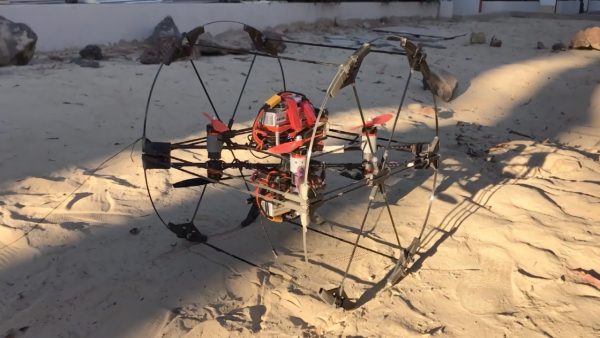

How Does Shapeshifter Work?
The current Shapeshifter prototype is able to transform into two versions. It can function as two halves of an aerial drone or combine together as a land robot.
Later versions of Shapeshifter would consist of a combination of smaller robots that can work independently or together. These mini-robots, known as cobots, are designed to navigate the harshest of terrains.
The Shapeshifter Will Make Its Debut In 2026
Designed with space exploration in mind, NASA has plans to use the final version of Shapeshifter during the Dragonfly mission. The project will see NASA explore Saturn’s moons in 2026.
Presently, the Shapeshifter project is still in its infant stages. The developmental tem plans to apply for additional funding in 2020 to facilitate R&D.
NASA Also Plans To Develop Shape-Shifting Planes
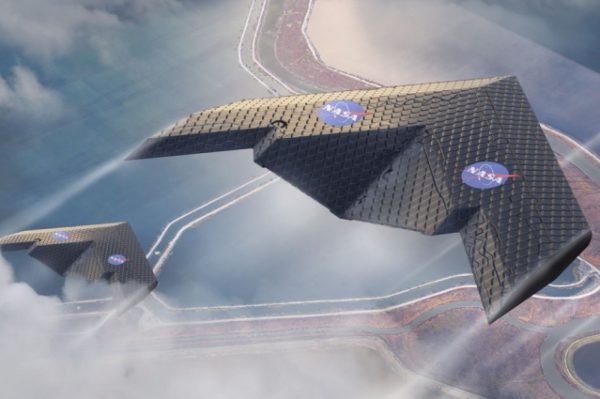

The latest unveiling of the Shapeshifter projects comes on the heels of NASA’s announcement of shape-shifting planes earlier in April.
The U.S space agency is working closely with MIT researchers to create a revolutionary jet that would transform the way we view air travel.
The current prototype sees the plane sporting much lighter wings made from a lightweight lattice structure. Besides, the hull consists of a combination of flexible and stiff structure that makes it much more aerodynamic than current planes.
The project has garnered promising feedback from the aviation industry as well. According to Daniel Campbell, a structures researcher at Boeing, the prototype “displays potential for enhancing flight performance with its lightweight yet stiff structure”.
The current version of this plane was built by NASA and is able to seat only one person at present. NASA engineers say that robots could aid in the plane’s manufacturing process, making it a faster and more cost-efficient one.
The project has researchers exploring different geometries of aircraft design. Designs that would drastically improve mid-flight performance and enhance flight safety.
“We are looking into ways to optimize aerodynamics by matching the hull to the loads at different angles,” said Nicholas Cramer of NASA Ames. “The plane’s wings have the same stiffness (as modern planes), but ours has less than one-thousandth of the density.”
It may be a cliche to say that “the sky’s the limit” but we could be at the brink of a technological breakthrough when it comes to air travel and space exploration!












